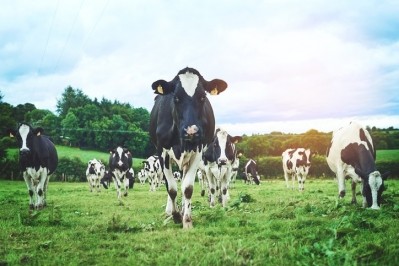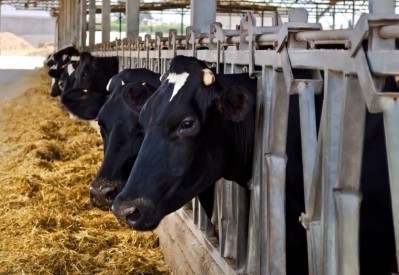Canada: new $15.5m facility to study beef cattle nutrition, genetics, health, behavior

The “leading-edge” research facility, the Livestock Research and Innovation Centre – Beef Facility, is a joint project involving several organization including the University of Guelph, Agriculture and Agri-Food Canada, the Ontario Ministry of Agriculture, Food and Rural Affairs (OMAFRA), the Agriculture Research Institute of Ontario and the Beef Farmers of Ontario, the university reported.
Site work for the facility started July 6.
The Ontario government, through the Agriculture Research Institute of Ontario, is contributing $12.4m to the new project and the Beef Farmers of Ontario has committed $3.1m, the university said. The university will operate the facility through its partnership with OMAFRA.
The initial phases of the project are projected to be completed by December, said Ira Mandell, scientific advisor and associate professor in animal biosciences with the University of Guelph. The feedlot portion of the facility is slated to be finished by the end of 2019.
“The facility will be built with flexibility in mind enabling us to carry out many different types of research projects,” he told FeedNavigator. “Generally work is focused on all aspects of animal management, nutrition, genetics, animal health, and behavior.”
Much of the research expected to take place at the new facility when completed will be foundational, he said.
Facility details
The new facility is slated to replace the current beef facilities, which were built in 1969, said the University.
The center is expected to allow for work to be done with a greater number of animals and to expand the scope of research done, said Mandell. It also will bring together two beef research herds.
“One of our main advantages in this new facility is the greatly expanded ability to capture individual animal measurements,” he said. “In the cow facility in particular we will be among the largest in the world in our ability to measure individual feed intake and feeding behavior in beef cows.”
The site includes a new laboratory, which will allow researchers to collect and process samples at the barn, which is expected to improve accuracy along with the quality of tissue and data collection, he said. “The facility will also enable us to capture new types of data that we did not previously have to capacity to do, including individual animal tracking using GPS collars, ruminal pH and temperature measurements, individual animal gas exchange (methane, CO2, and O2), and others,” he added.
“The ability to collect large amounts of individual animal data is one area that is very leading edge,” said Mandell. “In combination with our meat lab facilities, our facility is unique as we are able to do ‘farm-to-fork’ or ‘pasture to plate’ type research, reaching all aspects of the value-chain.”
Research goals and priorities
Goals for the work done at the center include supporting the beef industry in Canada, said Mandell. Research efforts are intended to address all industry stakeholders.
“We hope to conduct work that will lower cost of production, develop new management regimens or strategies for beef producers, provide recommendations to ensure sustainable beef production, and increase use of genomics in beef cattle production,” he said.
One project set to be conducted at the facility will explore cow-calf performance by comparing the wintering of cows in a dry lot followed by spring to fall pasturing compared to year-round feeding in a dry lot, he said. The project also examines feeding “at 85, 100, or 115% of the crude protein requirements” and the use of supplemental ruminal bypass methionine alters cow-calf performance.
“This project will also examine the effects of fetal programming on subsequent performance of calves as they enter the feedlot or the breeding herd,” he said. “Data collected from this and other studies will be used to conduct transcriptomic, metagenomic, metabolomics and epigenetic work to identify metabolic pathways and key regulator genes affecting feed efficiency and methane emissions.”
Additionally, some of the research projects, like work on methane emissions, will be done at both the beef center and the related Livestock Research Innovation Centre- dairy facility, he said.
The dairy center opened in 2015, the university said.











